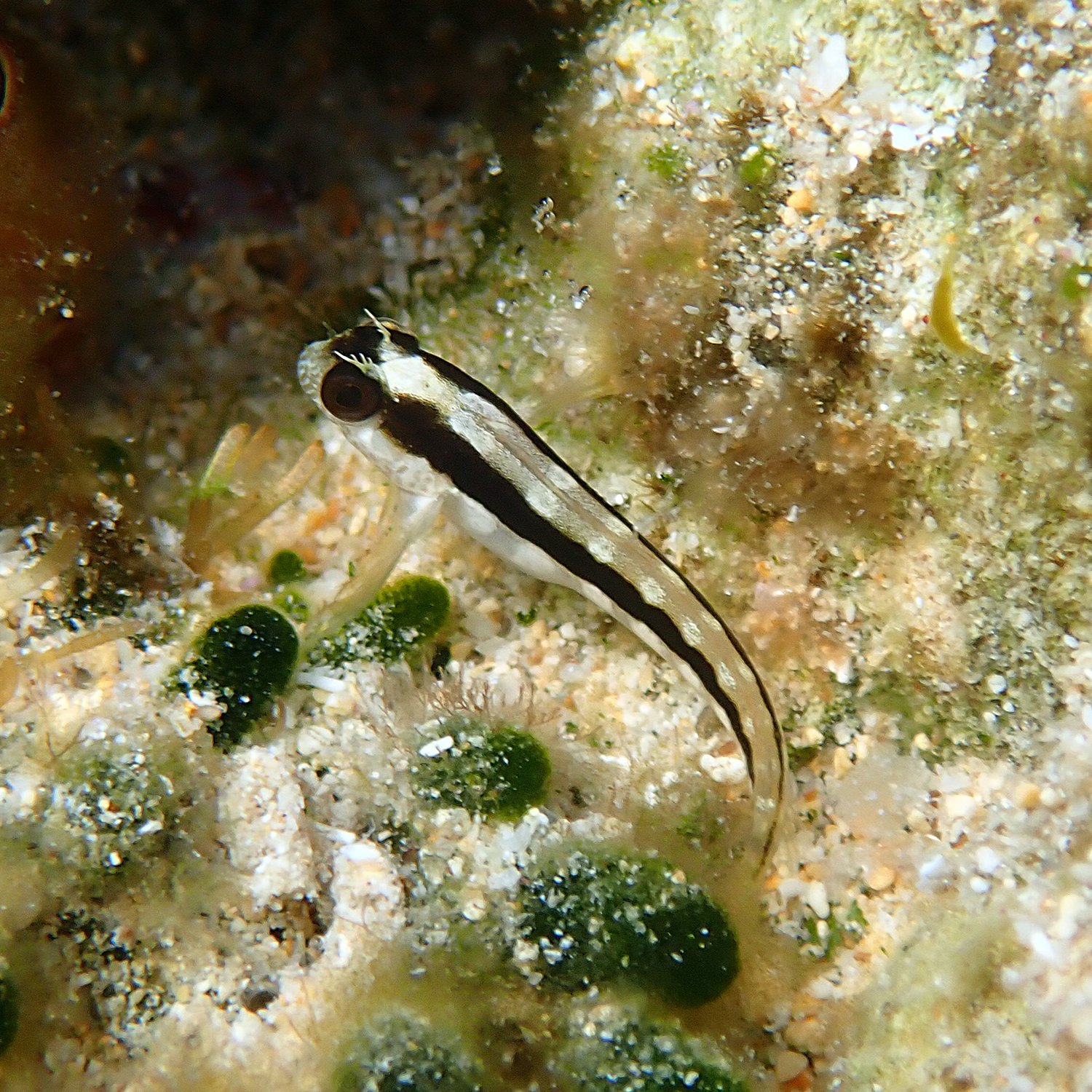DAY 14 – MARCH FOCUS ON NORFOLK ISLAND’S REEF
It is fascinating to me that, in terms of studying our biodiversity, there is still a slight feel of the frontier to Norfolk Island. So remote and isolated from any other land mass, it stands to reason that we have some different species that are found only here, or within in a very limited geographical area (I am thinking of the Kermadecs to our east, which are just a little further south but with a similar climate).
Norfolk Island, and Phillip Island (our more immediate southerly neighbour) like the Kermadecs, are of volcanic origin. Isolated volcanic islands are noted as being ‘cradles of endemism, contributing substantially to global biodiversity’.[i]
It is worth noting the difference between endemism (where a species is only found in a single defined area) and species richness (the number of different species in a defined ecosystem), as these tend to be relevant when it comes to prioritising conservation efforts.[ii] ‘When compared to mainland areas, oceanic islands in general are known for their high percentage of endemic species but only moderate levels of species richness …’[iii]
And Norfolk Island is no different.
When I see something new when I am out on my swim, there’s always that question, is this a new species or subspecies I am seeing? I often wonder about some of our banded snake eels and whether there is an endemic subspecies among them. And, of course, our corals. As I have mentioned before in these pages, coral researcher Professor Andrew Baird believes up to 30 per cent of our coral species are as yet undescribed, and some of these may be endemic.
How exciting is that?
One endemic species found in our marine habitat is the Norfolk Island blenny, Parablennius serratolineatus, which I’ve often spotted sheltering among the spines of sea urchins. They are easily recognisable, at about 10 to 13 mm in length, with a broad dark stripe and some faint brown spots on their head. This blenny is a shy guy, who tends to hang out at the pier end of Slaughter Bay and in Cemetery. You’ll see them elsewhere, of course, but those are the places where they are most likely to hang out.
However, judging by my photographic record, and a hunch, I am not seeing them as often as I used to. Because of this, I have asked other snorkellers to let me know where and when they see them.
Because this species is so localised, they are vulnerable to habitat degradation and possible effects of climate change; consequently, they are listed as vulnerable on the IUCN’s Red List.
References
[i] Geodiversity and biodiversity on a volcanic island: the role of scattered phonolites for plant diversity and performance, David Kienle, Anna Walentowitz, Leyla Sungur, Alessandro Chiarucci, Severin D. H. Irl, Anke Jentsch, Ole R. Vetaas, Richard Field, and Carl Beierkuhnlein.
[ii] A global assessment of endemism and species richness across island and mainland regions, Gerold Kier, Holger Kreft, Tien Ming Lee, Walter Jetz, Pierre L Ibisch, Jens Mutke and Wilhelm Barthlott.
[iii] ibid



